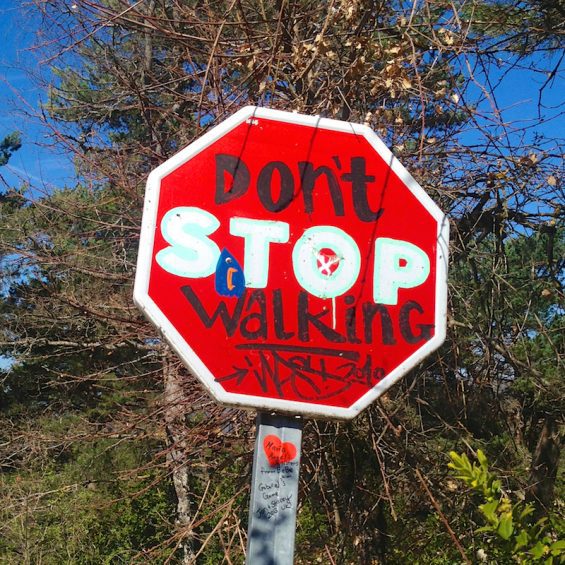 It’s Monday morning and you just arrived at the office, when you receive a message from the CEO; you need to drop by his office. You call his assistant to see when he is available. There are 15 minutes open in his schedule in the afternoon.
It’s Monday morning and you just arrived at the office, when you receive a message from the CEO; you need to drop by his office. You call his assistant to see when he is available. There are 15 minutes open in his schedule in the afternoon.
So in the mean time you wonder what might be going on; why does the boss wants to see you….
All the scenarios have crossed your mind when it is finally time to meet him. With a wild enthusiasm he shares his saturday night with you. How he had a great barbecue in the neighborhood of his new hometown and how he found out that one of his new neighbors is the CEO of a fast-moving consumer goods company.
They had a great chemistry as two CEO’s together and they enjoyed a joyful evening. At the end of the evening they went home with the agreement that their two companies should do something together.
Your mind goes practically wild. You already feel the assignment coming, but what the heck could these companies do together? Okay, one of their products could be a consumable for one of your company’s appliances, but that appliance is on the brink of being phased out this year.
At the end of your meeting with the CEO your fears do come true: your new assignment is to find out what the two companies can do together. That little last sentence of your CEO bothers you the most, as your CEO can’t afford to lose face to his new best friend; “You’d better make it work”.
So, what do you do?
When you look into the literature you will find that every alliance or partnership should start with your company’s strategy. Then, after you have decided that partnering is the way to go, you will look into partner selection.
Only then you will approach the prospective partner to explore if they are open to a partnership and how you can jointly make it work.
Thus, the neighborhood-barbecue approach of the CEO as sketched above is a typical way of how alliances and partnerships should not start!
Possibly your strategy tells you that there is no opportunity to work with this partner, possibly your partner selection assessment will tell you that another partner should be the preferred candidate.
Many alliances start the “executive route” and now you are the one tasked with the job to “make it work”. So you have a challenge!
Your real challenge is a double whammy: you will need to create a partnership that you’d probably had not foreseen in the strategy and secondly you will need to fuel that partnership once it is formed and in progress.
So, what do you do?
The Partner Optimization Workshop will help you to fuel your partnership and thus get the maximum out of any partnership.
During the workshop we will also take a step back and look at the elements that drive a good partner selection and we will identify the differences to manage them during the operational phase of the partnership. This will help you at the formation of the partnership as well.